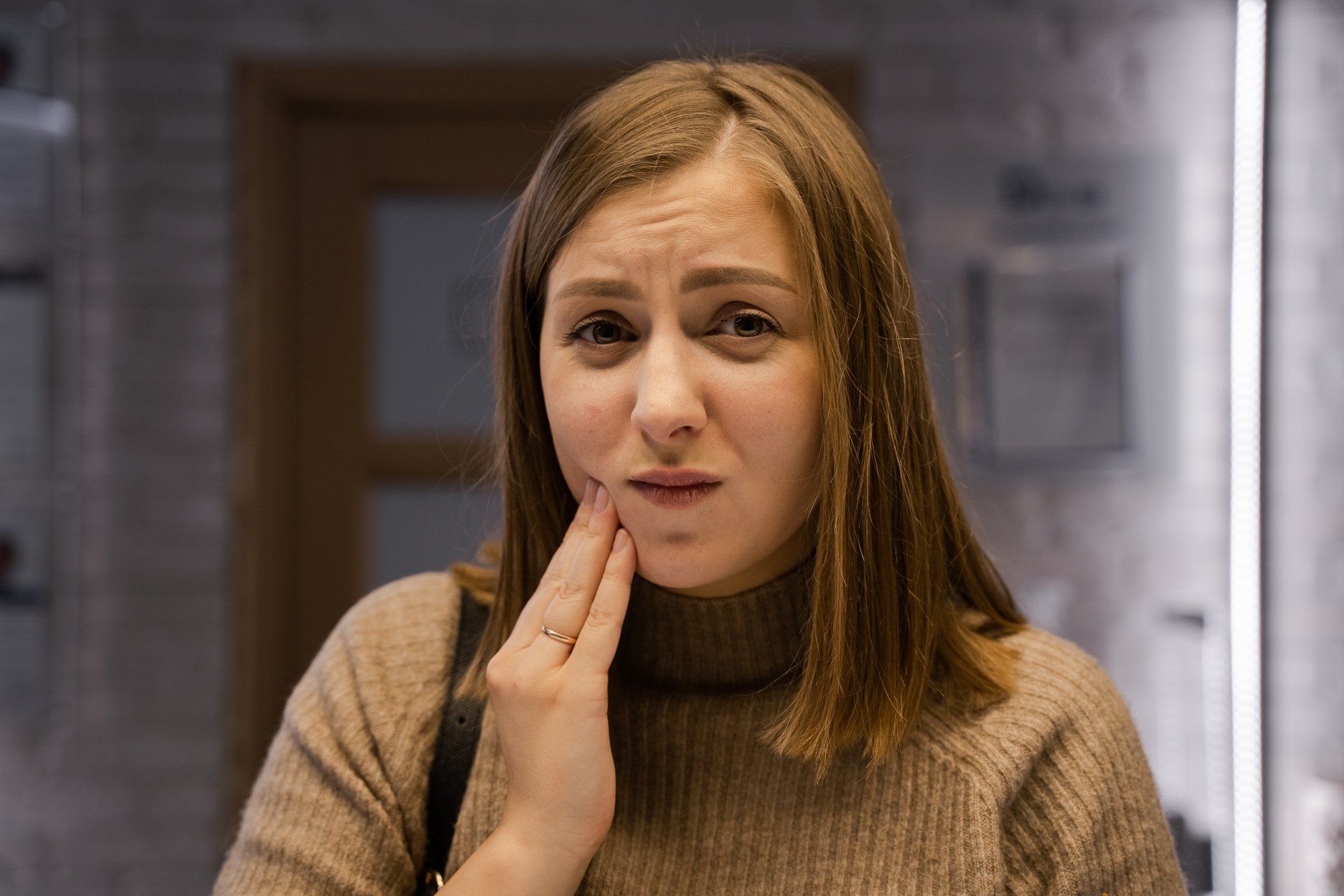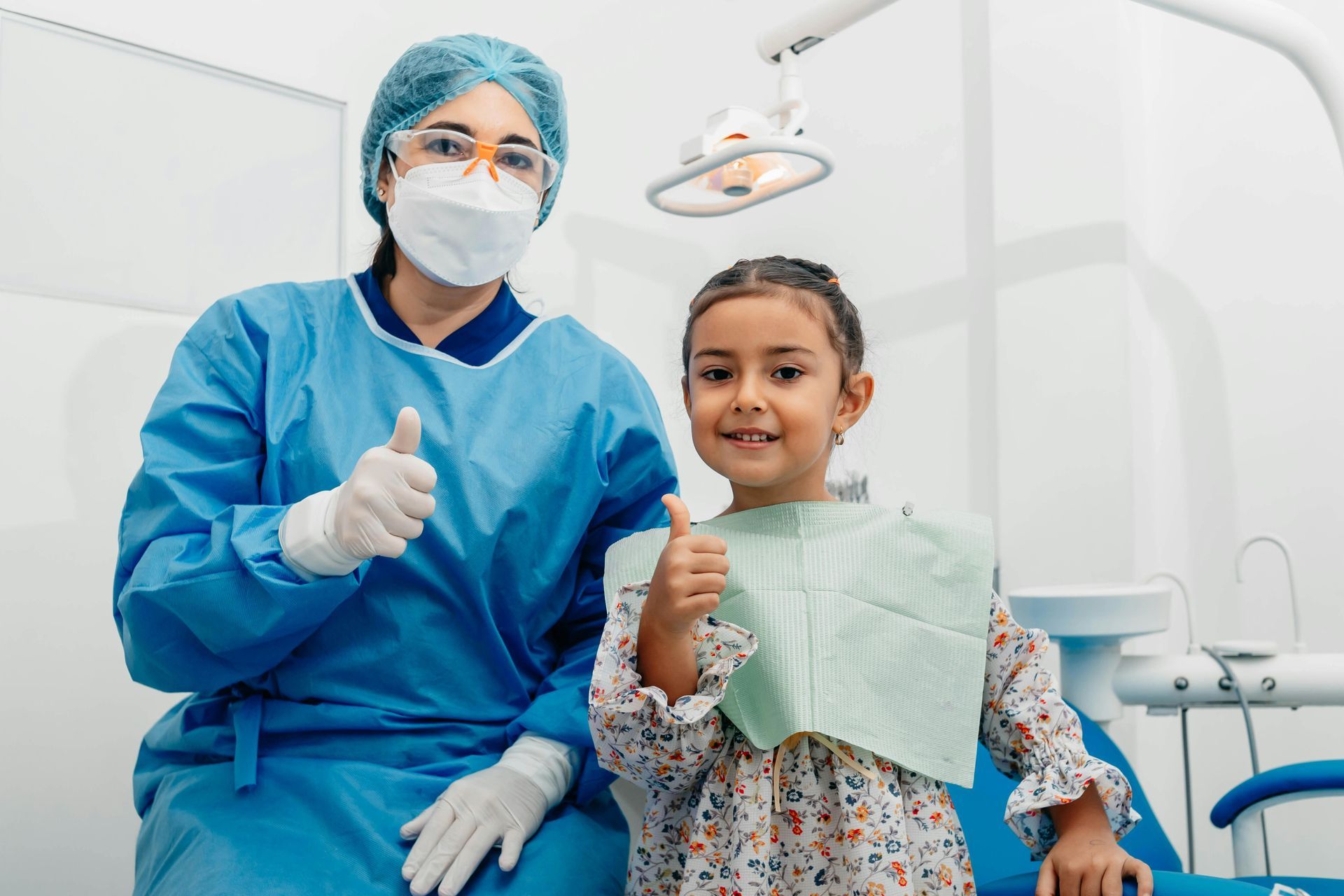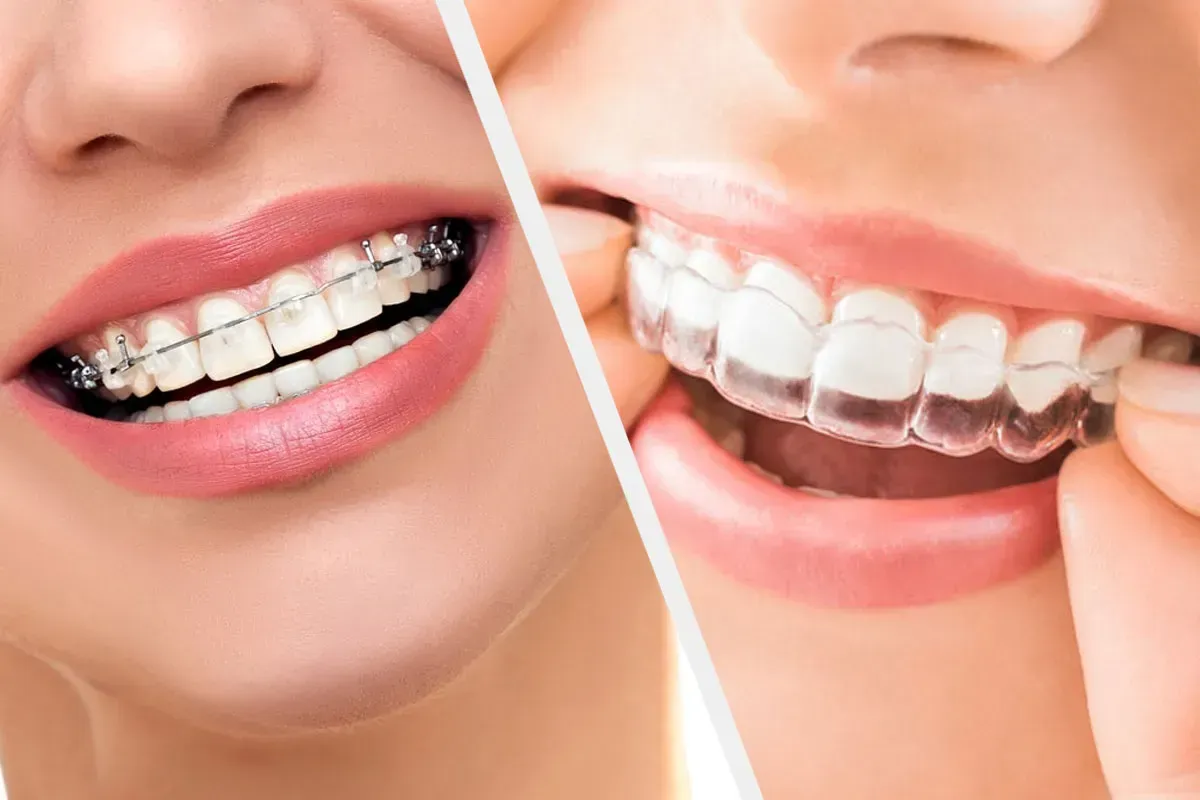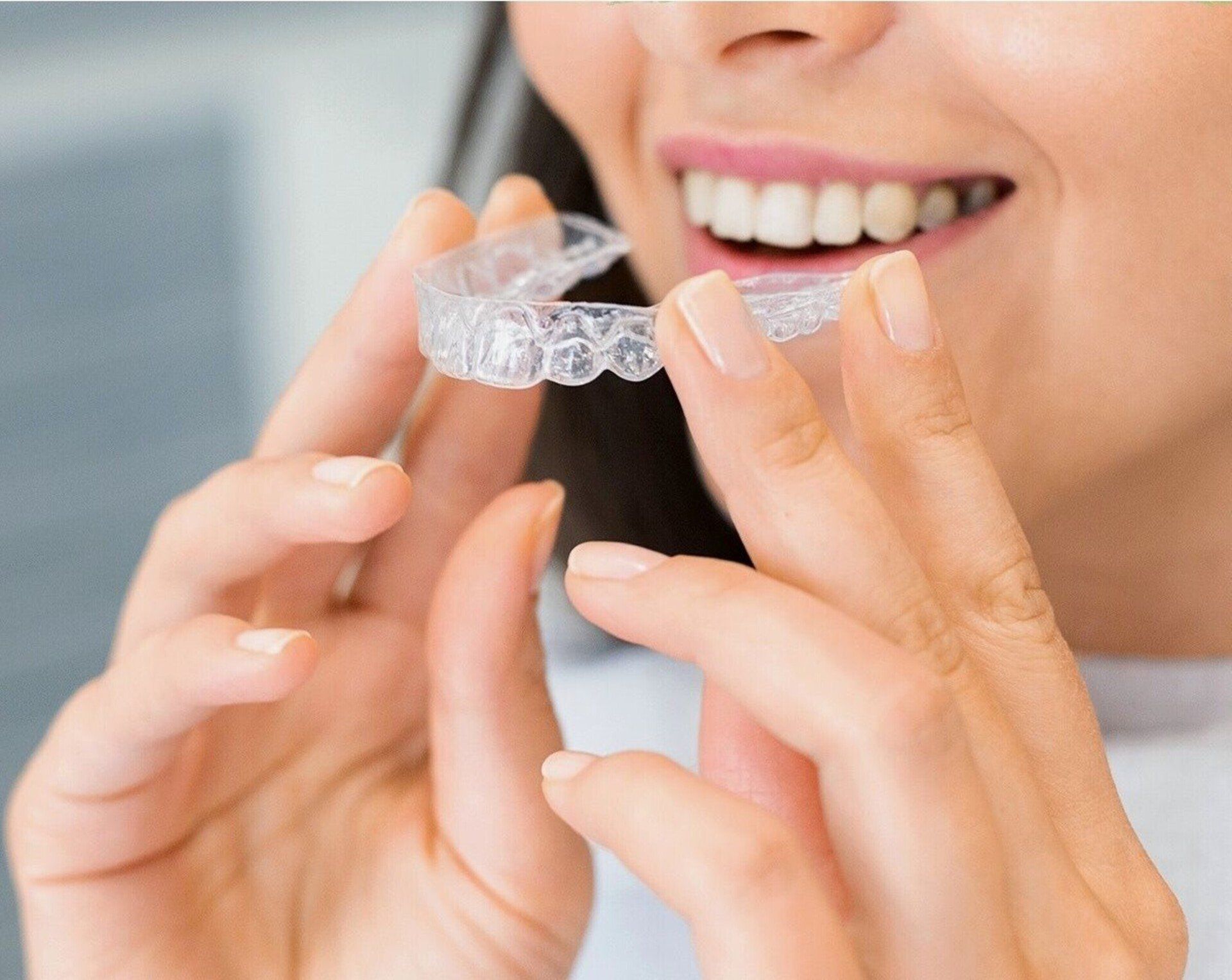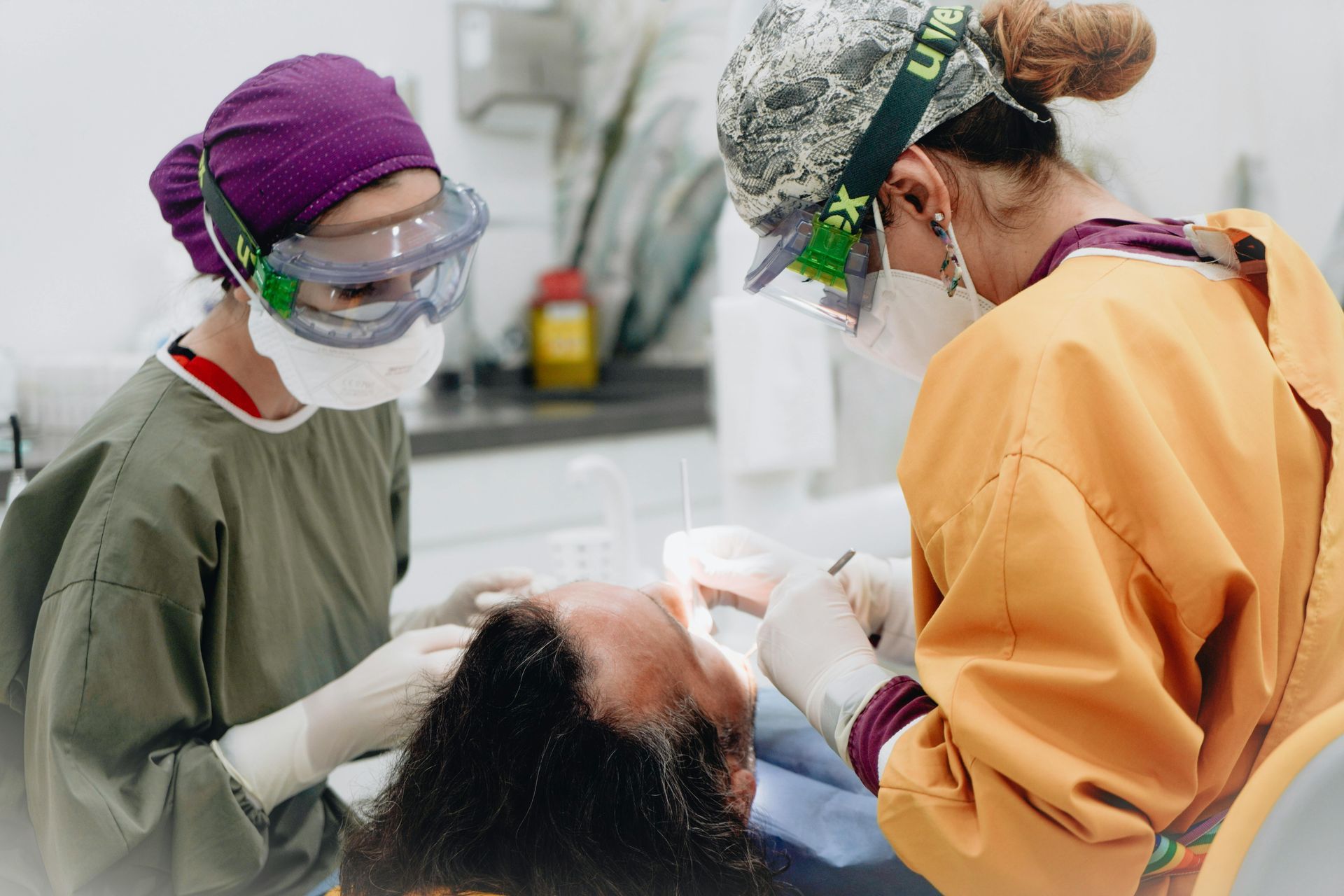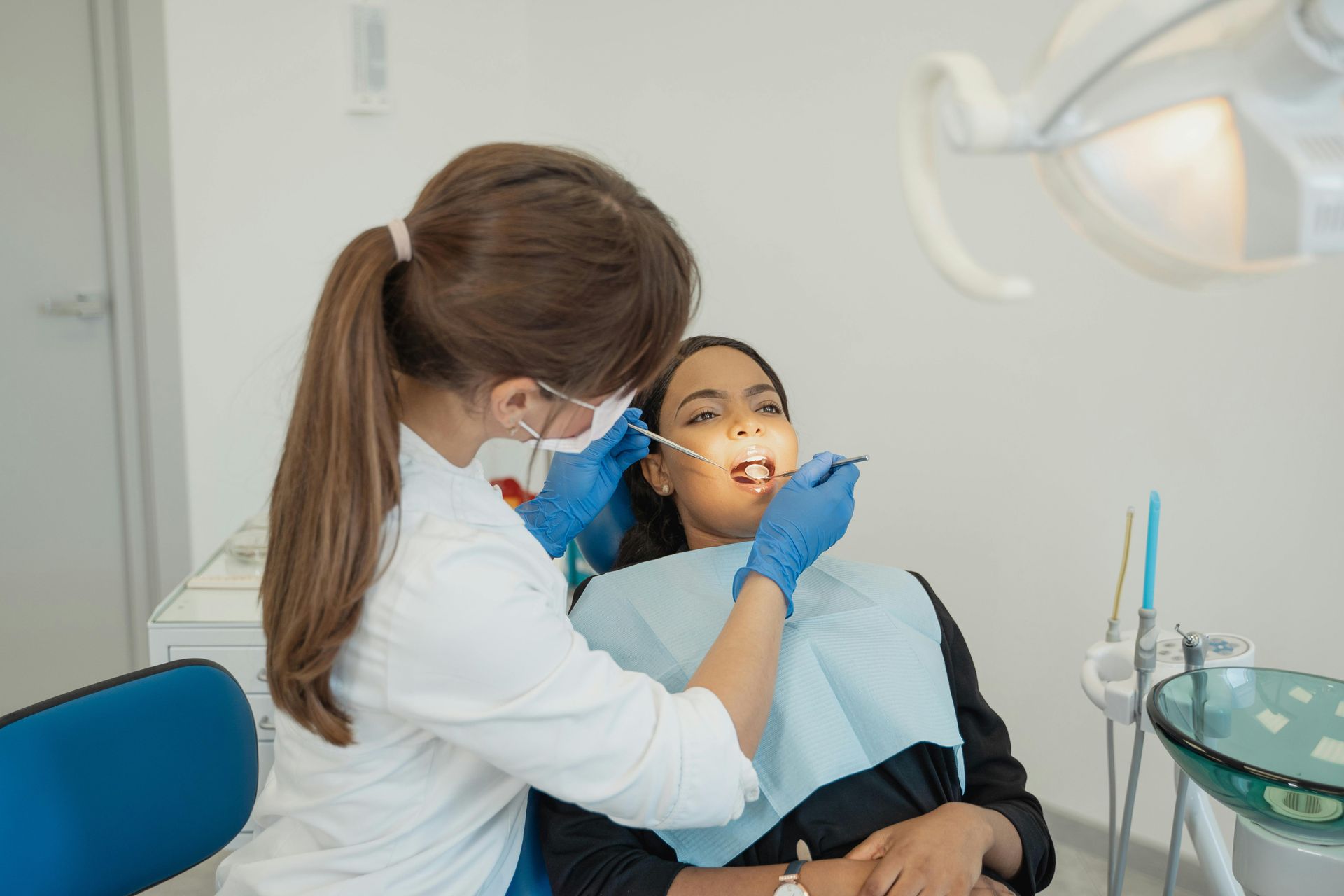Invisalign vs. Traditional Braces: Benefits Breakdown
Invisalign vs. Traditional Braces
Imagine flashing a smile and feeling the confidence that comes from perfectly aligned teeth. For years, traditional braces have been the go-to solution for orthodontic correction, but a contemporary challenger, Invisalign, has risen to prominence. Before diving headfirst into orthodontic treatment, it's essential to weigh the familiar metal brackets against the sleek, clear aligners. In this article, we'll unravel the intricacies of traditional braces, explore the innovative Invisalign system, and dissect the benefits each brings to the table. With insights on effectiveness, aesthetics, and comfort, we prepare to navigate the maze of orthodontic choices together. This comparative analysis promises to align your knowledge as neatly as the treatment options aim to align your teeth.
Traditional Braces
Traditional braces have long been a foundation in orthodontic treatment, offering a solution to various dental issues such as crowded teeth, misaligned teeth, and gum disease. These devices consist of brackets, metal wires, and sometimes, elastic bands that apply pressure to teeth, gently shifting them into the desired position over time. Recognized for their effectiveness in achieving straight teeth, traditional metal braces are frequently recommended by orthodontic specialists for patients with complex dental problems.
What are traditional braces?
Traditional braces are dental tools used in orthodontic treatment to correct and align teeth. They are typically made up of metal brackets that are adhered to the teeth, connected by a wire which is periodically tightened by an orthodontist to apply controlled pressure to the teeth. This pressure gradually moves the teeth into correct alignment. Additionally, braces can include features like hooks or bands to aid in the correction process. Traditional braces have evolved over the years but remain a staple in orthodontic practice because of their reliability and effectiveness.
How do traditional braces work?
The working principle of traditional braces is based on the application of continuous pressure over a period of time to slowly move teeth in a specific direction. Once the braces are affixed to the teeth, the wire that connects the brackets is adjusted or tightened, which transfers pressure to the teeth. The bone in the jaw changes to allow the teeth and their roots to move. Regular visits to the orthodontist are essential for adjustments and to monitor progress. This gradual, controlled process not only aligns the teeth for aesthetic appeal but also ensures a healthier bite and oral function.
Pros and cons of traditional braces
Traditional braces come with both advantages and disadvantages, much like any dental treatment option.
Pros:
- Effectiveness: Traditional braces are exceptionally good at correcting complex orthodontic issues and can handle almost any type of teeth alignment problem.
- Predictable results: With a proven track record, the outcomes of traditional braces are very predictable and effective in straightening teeth.
- Durability: Made of metal, these braces are durable and resilient against most types of damage.
Cons:
- Aesthetics: Metal braces are highly visible, which can be a concern for self-conscious patients, particularly adults.
- Discomfort: The presence of metal wires and brackets can cause discomfort and irritation to the gums and cheeks, especially after adjustments.
- Oral hygiene: Maintaining good oral hygiene can be more challenging, as brackets and wires can trap food particles and require more effort to clean.
- Dietary restrictions: Patients with traditional braces may need to avoid certain foods that could damage their braces or become lodged in them, such as hard candies, gum, and certain sticky or hard foods.
Ultimately, while traditional braces may present some challenges to patients, they are a time-tested, dependable path to improved oral health and a more confident smile. For those considering teeth straightening options, discussing individual needs and concerns with an orthodontist is essential to determining the best treatment choice.
Invisalign
Invisalign represents a modern approach to orthodontic treatment, offering a discreet and often more comfortable alternative to traditional metal braces. Developed to cater to the lifestyle and aesthetic needs of orthodontic patients, Invisalign involves the use of clear, plastic aligners that are meticulously crafted to fit the individual's teeth. This treatment option is popular among those seeking to correct dental issues without the appearance and constraints of conventional braces.
What is Invisalign?
Invisalign is an orthodontic treatment method that uses a series of clear, removable aligner trays to gradually shift teeth into their correct positions. Custom-made to snugly fit over a patient's teeth, these aligner trays are created using advanced computer imaging technology, ensuring a precise and comfortable fit. Unlike the metal brackets and wires used in traditional braces, Invisalign's plastic aligners are practically invisible when worn, giving them an aesthetic edge over traditional options.
How does Invisalign work?
The process of Invisalign treatment starts with a consultation, during which an orthodontist assesses the patient's teeth and discusses their goals. After taking digital scans or impressions of the patient's mouth, a personalized treatment plan is developed. This plan involves a sequence of aligner trays, each slightly different than the last, which are worn in order to gently and systematically move the teeth. Generally, each set of aligners is worn for about two weeks before moving on to the next set in the series. For optimal results, patients are advised to wear the aligners for 20 to 22 hours per day, removing them only for eating, drinking anything besides water, and for oral hygiene practices.
Pros and cons of Invisalign
The Invisalign treatment boasts numerous benefits, but like all medical procedures, it also has its drawbacks. Below is a brief list of the primary benefits and potential downsides associated with Invisalign:
Pros:
- Aesthetics: The clear aligners are virtually invisible, making them a subtle option for teeth straightening.
- Comfort: With no sharp edges, Invisalign aligners are often reported to be more comfortable than traditional braces.
- Removability: Aligners can be removed for eating, allowing patients to enjoy their favorite foods without restriction.
- Oral hygiene: Since the aligners can be taken out, it's easier to maintain good oral hygiene practices without additional tools.
- Fewer office visits: Invisalign often requires fewer check-ups than traditional braces, as several sets of aligners are provided at once.
Cons:
- Cost: Invisalign can be more expensive than traditional braces, though this varies by case complexity and location.
- Discipline: The success of the treatment relies on the patient wearing the aligners for the recommended hours per day.
- Possibility of loss: As the aligners are removable, there's a risk of them being lost or misplaced.
- Not for all cases: Invisalign may not be suitable for correcting severe orthodontic issues.
In summary, Invisalign is an effective, cutting-edge treatment offering both aesthetic and practical benefits. It has redefined the orthodontic experience for many, catering to patients who value comfort and discretion. However, individuals should discuss with their orthodontist whether Invisalign is the optimal treatment for their specific orthodontic needs.
Comparison
When considering orthodontic treatments, patients often compare Invisalign to traditional braces, evaluating factors such as treatment time, appearance, comfort, and the impact on oral hygiene practices. It's important to carefully weigh these aspects to choose the option that aligns with personal preferences and lifestyle.
Comparison of treatment time between traditional braces and Invisalign
Traditional Braces:
- Treatment Time: Anywhere from 18 months to 3 years, depending on the complexity of the case.
- Adjustments: Regular office visits every 4-6 weeks for adjustments.
Invisalign:
- Treatment Time: Typically ranges from 12 to 18 months, though some minor cases may be completed in as little as 6 months.
- Adjustments: Patients receive several sets of aligners to use sequentially, reducing the frequency of office visits.
Comparison of appearance between traditional braces and Invisalign
Traditional Braces:
- Noticeable metal wires and brackets are attached to the teeth.
- Options for less noticeable ceramic or tinted brackets exist but are usually still quite visible.
Invisalign:
- Aligners are made from clear plastic and are virtually invisible when worn.
- Does not disrupt the aesthetic of a patient's smile as much as metal braces do.
Comparison of comfort between traditional braces and Invisalign
Traditional Braces:
- Metal brackets and wires can irritate the inner cheeks and gums.
- Patients might require orthodontic wax to alleviate discomfort from protruding pieces.
Invisalign:
- Smooth plastic aligners without sharp edges, reducing irritation to soft tissue in the mouth.
- Aligners are custom-made, providing a snug and comfortable fit.
Comparison of oral hygiene practices between traditional braces and Invisalign
Traditional Braces:
- Require careful and meticulous cleaning around brackets and wires.
- Special tools like floss threaders or water flossers are often recommended to maintain oral hygiene.
Invisalign:
- Aligners can be removed for thorough brushing and flossing, making it easier to maintain oral hygiene.
- No extra tools needed, as patients can continue their usual oral hygiene routine.
In conclusion, both Invisalign and traditional braces have their unique traits that cater to different orthodontic needs and lifestyles. While Invisalign offers a less visible, more comfortable alternative with potentially shorter treatment times and simpler oral hygiene practices, it may not be suitable for more severe cases, requiring careful consideration and consultation with an orthodontist.
Benefits of Traditional Braces
When approaching orthodontic treatment, many patients and orthodontists still lean on the time-tested strategy of traditional braces for restructuring smiles. Despite the advent of newer technologies such as Invisalign, traditional braces offer several benefits, particularly for individuals facing severe dental issues.
Effective for severe dental issues such as crowded teeth and misaligned teeth
Traditional braces present a robust solution for complex orthodontic cases. Severe challenges such as overly crowded teeth, widely spaced teeth, crossbites, overbites, and underbites may require the precise and powerful manipulations that metal braces can provide. The strength and durability of traditional braces make them particularly adept at correcting pronounced misalignments, something that could be beyond the capabilities of Invisalign's plastic aligners.
- Precise alignment: Brackets and metal wires enable orthodontists to have more control over the movement of individual teeth.
- Correction of severe issues: Traditional braces are effective in treating complicated orthodontic cases which Invisalign may not be able to manage as well.
- Functional for all ages: This method remains a trusted choice for both young orthodontic patients and adults requiring more extensive structural corrections.
Can be more affordable than Invisalign
For many patients, cost is a significant consideration when choosing an orthodontic treatment option. Traditional braces are often more budget-friendly than Invisalign, which is an important factor for families and individuals looking to manage expenses without compromising the quality of dental care.
- Cost-effectiveness: Metal braces are generally less expensive than clear aligners, providing a more economical choice for obtaining a straighter smile.
- Broad insurance coverage: Many dental insurance plans are more likely to cover traditional braces, sometimes reducing out-of-pocket costs substantially.
Can be customized with different color options for a personalized touch
While traditional braces may not offer the near invisibility of aligners, they come with their own fun element. The brackets and bands can be customized with a variety of colors, allowing patients to add a personalized and creative touch to their orthodontic experience. Especially popular among younger patients, this feature may make wearing braces a more enjoyable and expressive process.
- Color variety: An array of band colors makes it possible to celebrate holidays, support sports teams, or simply showcase personal style.
- Changeable: The ability to change band colors at regular adjustment appointments keeps the orthodontic journey fresh and engaging.
In the final assessment, traditional braces provide effective treatment for a range of orthodontic issues, often at a more accessible cost point, and with an option for personalization. While newer teeth straightening options may be appealing for their aesthetic and convenience factors, it's important to consider the functional and financial advantages that continue to make traditional braces a prominent choice in orthodontic care. It's essential to consult with an orthodontist to determine the most suitable treatment for individual dental health and lifestyle needs.
Benefits of Invisalign
Invisalign treatment has become a popular choice for orthodontic patients seeking a less noticeable teeth-straightening method. Unlike traditional braces that use metal wires and brackets, Invisalign utilizes clear plastic aligner trays that are virtually invisible when worn. This nearly undetectable quality allows individuals to undergo treatment without feeling self-conscious about their appearance. Adults and teens alike find this discretion to be a significant benefit, particularly during social, professional, or special events where they want their smiles to shine without the visual interruption of conventional braces.
Removable Aligner Trays Allow for Easier Maintenance of Oral Hygiene
A key benefit of Invisalign aligner trays is they are completely removable. This feature makes maintaining oral hygiene much simpler, as brushing and flossing can be done as usual without any additional tools or techniques required. With traditional braces, food particles and plaque have a tendency to get trapped around the brackets and wires, increasing the risk of gum disease and cavities. Invisalign wearers can remove the trays to thoroughly clean their teeth and gums, promoting better dental health during their orthodontic treatment. Additionally, the aligner trays themselves can be cleaned separately, ensuring a hygienic and fresh oral environment.
No Food Restrictions as Aligners Can be Removed During Meals
One of the lifestyle restrictions that come with traditional metal braces is the need to avoid certain foods, which can be disruptive and disappointing for many patients. Foods that are sticky, hard, or crunchy can damage the brackets and wires, limiting one's dietary choices and potentially leading to unplanned orthodontic visits for repairs. Invisirable-minded orthodontic patients, the freedom to enjoy their favorite foods without such limitations is a significant advantage. Since the aligners are designed to be taken out during meals, individuals can eat whatever they choose and simply reinsert the aligners after brushing their teeth post-meal.
In summary, Invisalign offers a discreet, hygienic, and flexible orthodontic treatment option, vastly improving the overall experience for those looking to achieve straight teeth. While it may not be suitable for all dental issues, particularly the more complex cases where traditional braces excel, its numerous benefits make it a favored choice for suitable candidates. As with any dental treatment, consultation with a qualified orthodontist is critical to ascertain if Invisalign is the right pathway to a person's improved smile and oral health.
Personal Factors to Consider
When deciding whether to opt for Invisalign treatment, it's essential to take into account various personal factors that can influence your choice:
Lifestyle and Preference for a Discreet Treatment Option
If you're someone who values aesthetics and discretion, particularly during social interactions or professional scenarios, Invisalign aligners may appeal more to you than traditional braces. Since these aligners are nearly invisible, they allow for a more understated orthodontic experience, which can be vital for those who may feel self-conscious about metal brackets and wires. Whether you're an active socialite, a public speaker, or someone who simply prefers keeping their orthodontic treatment private, Invisalign can align with your lifestyle needs while helping you achieve the goal of straighter teeth.
Commitment to Proper Oral Hygiene Practices and Aligner Wear Time
Invisalign requires a high level of discipline when it comes to maintaining oral hygiene and adhering to the prescribed wear time for the aligners. For optimal results, it's recommended to wear the aligners for about 22 hours per day, only removing them while eating, drinking anything other than water, and during your oral care routine. Proper hygiene also means cleaning the aligner trays regularly to prevent bacterial buildup. Hence, you must be committed to these routines to ensure treatment effectiveness and to maintain overall oral health.
Severity of Dental Issues and Desired Treatment Outcome
While Invisalign is a suitable option for a wide range of orthodontic patients, it's crucial to consider the severity of your dental issues. Invisalign is often recommended for mild to moderate cases, such as overcrowding, gaps, and certain bite irregularities. However, more complex orthodontic problems may require the capabilities of traditional braces. Understanding the nature of your dental concerns and discussing the projected treatment outcomes with an orthodontist will provide clarity on whether Invisalign aligners can fulfill your expectations for a beautifully aligned smile.
In considering these factors, a personalized consultation with an experienced orthodontist is critical in determining whether Invisalign is the path that best aligns with your individual needs, lifestyle, and goals for dental correction.
At Wexford Dental we offer only what you need dentistry in Scarborough. If you are considering cosmetic any of this treatments, call us today at 416-222-82-96 for a general review to discuss the best procedure for you.

